(Naresh Fernandes is the Editor of the Scroll.in since its inception and has shaped the digital platform. Scroll.in began its journey on 26th January 2014 and is regarded as one of the best digital portals in India. This interview with Naresh Fernandes was conducted on 8th January 2020 as the Scroll.in was completing its sixth year. In this candid interview, he talks with Sankalp Gurjar about the strengths and limitations of a digital platform, competition and constraints in the media world, online trolling, and the challenges facing journalism. He firmly believes that 'irrespective of the medium you are working for, you can rankle people in power' and that digital media is more rewarding than other mediums but also requires more capable people.)
Scroll started on 26th January, 2014. It’s considered as one of the best Indian digital portals. Could you tell us what is the secret behind Scroll’s success?
I think among the digital platforms, we have the widest reach. We began when there were very few ‘digital-only’ news publications. We started with the idea to fill the gap that existed in the way most of the conventional media were reporting stories. Digital outlets that existed before us like Rediff and First Post were not doing news reporting as such. They were mainly carrying opinion pieces. We realized that there was a need to be filled. Also, many stories were not being covered by mainstream media. We also felt that how important stories were being covered should perhaps have been covered more rigorously. That’s what we set out to do. But we also realized that readers are not only interested in news related to politics, developmental issues, etc. Conventional publications are like a Thali, just like many different flavors in a thali, readers also want variety. That’s what we set out to do, consciously. Therefore, the Scroll from the beginning did not just focus on only one kind of news. We offered variety to our readers. I think, readers also recognize and like that. We cover culture and films and sports. Our section, The Field, covers sports other than cricket and also does not just focus on men in sports. We cover culture quite rigorously. Readers like that and that’s why they come to us.
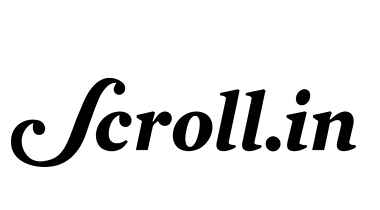 Who is the reader of the Scroll? Is there any ideal Scroll reader?
Who is the reader of the Scroll? Is there any ideal Scroll reader?
We don’t define our reader. In our six years of existence, the online medium has changed so much. When we began, everybody was talking about the story being ‘shareable’, which means you write a story with a clickbait headline. Stories were supposed to be presented in a way that people would be able to share them on social media. Those stories were short. People used to write ‘listicles’ like ‘Ten reasons to do XYZ’ etc. Many people were also writing shrill stories for online platforms. We realized that and felt that journalism needs to be more than that. We felt that we don’t have to follow these trends and could offer serious stories online. Also, by offering non-serious stuff, it was assumed that readers do not understand and therefore do not want nuanced stories. It was a condescending attitude towards readers. We decided to break out of them and offer serious, interesting articles in a nuanced manner. However, to answer your question, when we began, we didn’t have any specific sort of reader in mind. For online mediums, it is very easy to know how many readers are reading on your website because technology allows you to meter this in real-time. It is quite easy to see that that stories that pull together funny tweets may become quite popular on your website – and to be tempted to do only those kinds of articles. Therefore, to avoid putting pressure on reporters, while starting Scroll, we decided to not display how many times a particular story was shared. We don’t want to put pressure on numbers on our reporters – we just want them to write the best article they can. Editors, of course, do monitor numbers to get a sense of what people are reading on the website. We know that our readers are intelligent and are interested in the world. They are interested in many different kinds of issues that are happening in the world. But we don’t break it down any more specifically than that.
How is content generation, writing and selecting stories, for online media different from newspapers? Does it change at all?
I don’t think it changes at all. We have always said that we aim to be the news magazine publishing at the frequency of news wires. But in terms of comparing articles between online and print, I think, the online medium allows you to add more visual elements to your story. You can also embed videos to your story. But in terms of rigor of writing the story, it doesn’t change. We believe and it may sound pretentious, but at Scroll, we try to reclaim the rigor that conventional journalism was once famous for and now seems to have abandoned. In that way, we do very old fashioned journalism.
Also, now, whether a publication is a print newspaper or an online platform, young people are reading it on their mobile phones. For them, everything is digital - it maybe The Times of India or Scroll. In that way, all the news is digital, no matter what the source of the story. Therefore, when people say that print is more credible than digital, we need to ask what the print means if they’re reading their news on the mobile phone. I always say this jokingly that Shekhar Gupta’s digital publication is called ‘The Print’; therefore somebody should start a print publication called ‘the website’.
However, unlike many newspapers, Scroll does not have a legacy of decades. Does it help or hinder Scroll in any way?
Yes, many publications have the advantage of a long legacy. Credibility is slowly, painfully built over time. They enjoy certain credibility for which we have to work hard. So, I suppose, perhaps we can distinguish publications based on their longevity (old and new) and not on the medium (print and digital). For us, we try to do honest journalism every single day. If and when we make a mistake, we acknowledge it and correct it. We recognize that mistakes do happen when you are working at this speed. Our readers also understand that.
Does Scroll have any advantages as compared to the legacy media?
When we began, there were no expectations from us. We had the freedom to set our standards and establish ourselves. People also have to draw their conclusions about what you are and who you are. At Scroll, we had no burden of legacy, so we could make decisions much quicker. We don’t have a complex organizational structure to deal with, wherein you have to consult with four different sets of people, think about its impact for the owner, etc. It’s an autonomous working set up.
The Scroll has to compete not just with digital publications but with print and TV media as well. How does it do so?
It doesn’t matter to us. We believe, in the end, it’s about doing the best job that you can and hope that readers recognize it. One thing that makes this new digital world more difficult is the aspect of distribution. Much of it has to do with Google. Whether Google indexes your website when readers do certain searches, whether readers can easily find you on Google, whether your news items appear on Google news page etc. matter. It also makes the playing field much more even. Once Google recognizes you as a credible publisher, you start appearing in Google News, Google search. Their algorithms recognize the depth of your archives on the website and frequency with which you upload stories. I guess, the assumption is that if you are around for a while, you are likely to be credible. In that way, it is a relatively more level playing field where legacy media houses and new entrants, both are treated more equally. Scroll qualifies on these parameters and we appear on Google news. In digital media, it’s not how you reach out to audiences but about how audiences reach you.
Scroll has been around in the Modi era and also has a Modi Years project. What is the rationale behind it?
We did the Modi Years project before the last general election. It was a series of articles analyzing the first term of Prime Minister Modi. These articles examined the efficiency and claims of government. Maybe around the time of the next general elections, we may launch another such project.
The Scroll is primarily focused on domestic affairs and less on international politics. Also, Scroll does not seem to have any specialized focus areas. Why is that so?
First, resources are limited and we had to figure out what we were going to cover. Many outlets cover international news and we had no expertise in international affairs as well. Therefore, we do not cover it as much as some others do. However, over the years, we had done some specific projects as well. We had a dedicated health section but we had to cut down on it owing to budgetary constraints. Occasionally, we had undertaken some projects over the years. The last big project that we did was about the National Register of Citizens in Assam. Under this project, as the NRC process was taking place in Assam, we covered it very rigorously. It lasted for about a year and my colleague there, Arunabh Saikia, did a fabulous job. As it turned out, NRC now has become the most important issue of our time.

So, Scroll was the first media outlet that covered NRC seriously and extensively.
Well, I would like to make that claim. But, to tell you more about the project, we put a great deal of effort into covering NRC in Assam. We have a dedicated section about it on our website. It was called the ‘Final Count’ and as of now, it contains about 150 stories.
Scroll runs a Hindi website called ‘Satyagraha’. Why does it do so?
Satyagraha started in 2015-16. It has a separate team of its own and is not a translation of Scroll in Hindi. We wanted to reach out to audiences, therefore we launched it. Satyagraha decides its own stories. Occasionally, they may get an article or two translated from Scroll but largely generate their articles in Hindi.
Does Satyagraha also publish as many features and videos as the Scroll does?
No, largely because the team of Satyagraha is smaller compared with Scroll. There are limitations to what they can do.
When many newspapers are putting their websites/digital content behind a paywall, Scroll has not gone behind paywall yet. Why is that so? How does Scroll manage to work out a financial model without paywall?
We are living in a time when print revenues are declining and print readership is also declining. The readership is going up for digital but revenues are not growing quite as quickly. So, just like other online media platforms, we are trying different things to work out a viable financial model for Scroll. It works differently for different people. The conventional idea in the West is that publications put up what is called a ‘metered paywall’. It means that 5 or 10 articles are free per month and after that they make you pay. The logic behind this is that the most loyal reader, who is regularly reading articles from that publication, will pay for the content. Maybe that is what we may try. For now, we are asking readers to subscribe and we are asking Indian readers to make donations to a ‘reporting fund’. We also have some revenue coming in from advertising.
The digital medium is changing fast and so are the assumptions about it. Six years ago, when we started, people used to think that Indians would not pay for online content. However, that is changing now. People are getting used to paying small amounts. Also, we should recognize that it is not very easy to pay online. You need credit/debit cards, OTPs, etc. For many readers, it is not a very easy method to pay. In the aftermath of demonetization, the digital payment system went into a tailspin. Many online payment platforms started asking for KYC. The larger point is that the technology of small payment is still not very stable and simple. We hope that it will settle down in the future. Growth of online ecosystems such as paying for your taxi or your food will enable familiarity and ease in making payments. That may prove beneficial for a web outlet like Scroll.
The Scroll had appointed Readers’ Editor (RE) in 2016. Apart from the Hindu, it was probably the only publication that had appointed RE. However, the practice of appointing RE seems to have discontinued by Scroll. Why did it appoint RE in the first place? And why not continue with it?
We had two Readers’ Editor, first was C Rammamonar Reddy, and then Kalpana Sharma. However, we had to discontinue RE due to budgetary constraints. We still have the same amount of commitment to good practices in journalism and our readers. We also believe that RE adds value to the publication. However, when budgetary constraints became too stiff, we had to choose between keeping a reporter and keeping an RE. When our revenues will go up again, we will appoint an RE.
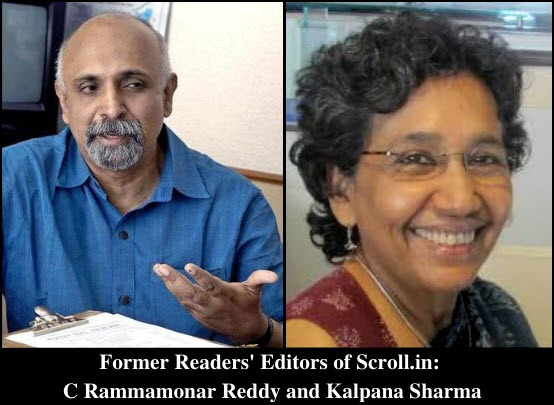 Scroll has an extensive Book Excerpts section where excerpts of the latest works of fiction and non-fiction are uploaded regularly. It is one of the major attractions of the Scroll website. Getting excerpts of 3-4 books every day is not easy. How and why does Scroll do this?
Scroll has an extensive Book Excerpts section where excerpts of the latest works of fiction and non-fiction are uploaded regularly. It is one of the major attractions of the Scroll website. Getting excerpts of 3-4 books every day is not easy. How and why does Scroll do this?
The way some of the publications evolve has a lot to do with the interests of the people who are working in the initial phase of the publication. At Scroll, all of us were interested in books and we were reading a variety of stuff. So, we imagined that we would want to put together a publication that you, as a reader, would want to read. Hence, we began doing this.
The publishing industry, especially the non-fiction, is now so extensive that our ‘Book Excerpts’ section helps our readers to know that there are these interesting books that have come up, and by reading the excerpt they may want to go and buy the book.
So, the reader of Scroll was the primary motivation behind this section?
It was primarily from the perspective of us, those who were at Scroll. The response to the Book Excerpts section is phenomenal. It is read widely. Many times a book on a certain topic was written two-three years back; and suddenly the issue became important today. In such cases, excerpts from our ‘Book Excerpts’ section does prove useful to many readers who want to know more about that issue. They can read excerpts and perhaps decide about buying the book or not. For example, in the last two-three years, Dilip D’Souza has been researching and writing about Chinese-Indians who were detained during the India-China war of 1962. With the NRC coming up, the book has immense contemporary relevance.
Part 2 of this interview can be found here.
(Kartavya is celebrating its first anniversary on 9th August. On the backdrop of this special occasion, we will publish comprehensive interviews of three renowned editors of English journalism for seven consecutive days starting today, that is, August 9th to August 15th.
N. Ram's interview has been published in three parts and sheds light on the past and present of The Hindu. Naresh Fernandes' interview will be published in two parts and will talk about Scroll.in. And lastly, Shekhar Gupta's interview will be published in three parts which will address his career with The Indian Express, India Today, and The Print. Although these editors belong to three different generations and have a differing point of view on some issues, their commitment to the core values of journalism is alike.
The Marathi translation of this interview has been published in the 15th August 2020 edition of weekly Sadhana.)
Tags: scroll naresh fernandes interview journalism readers editor sankalp gurjar Load More Tags

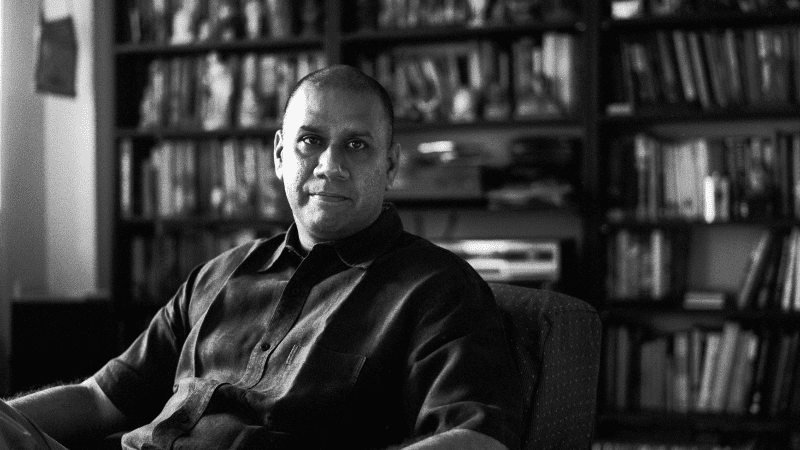
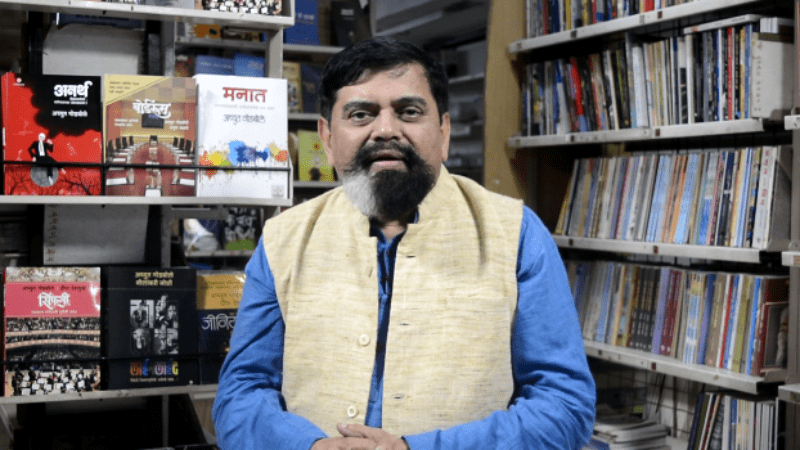


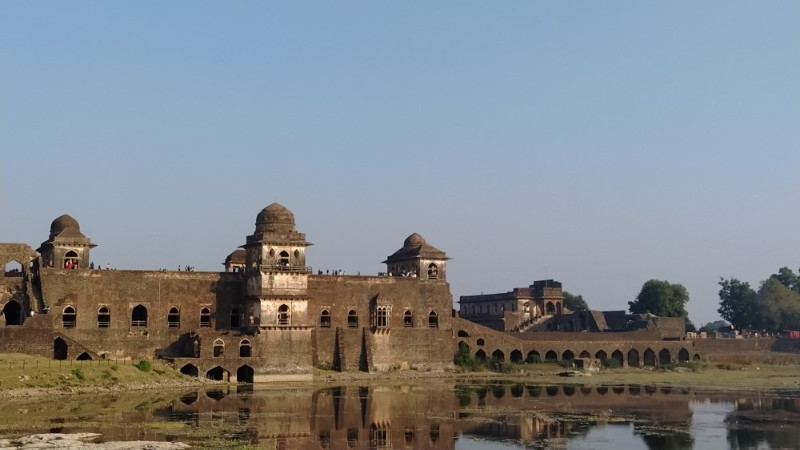

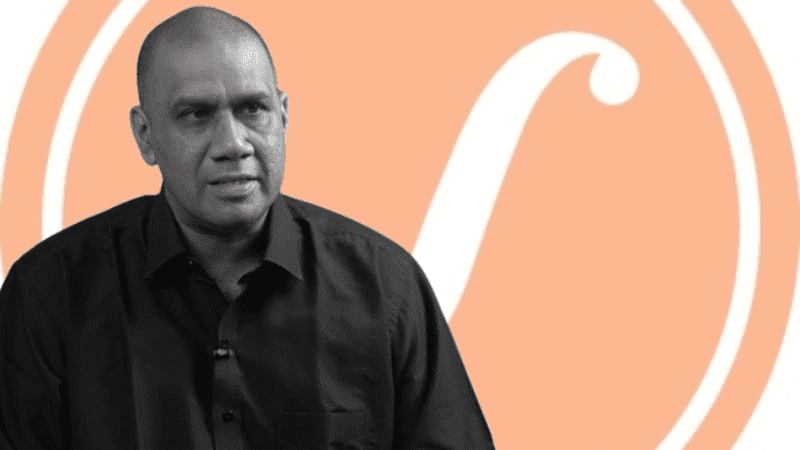
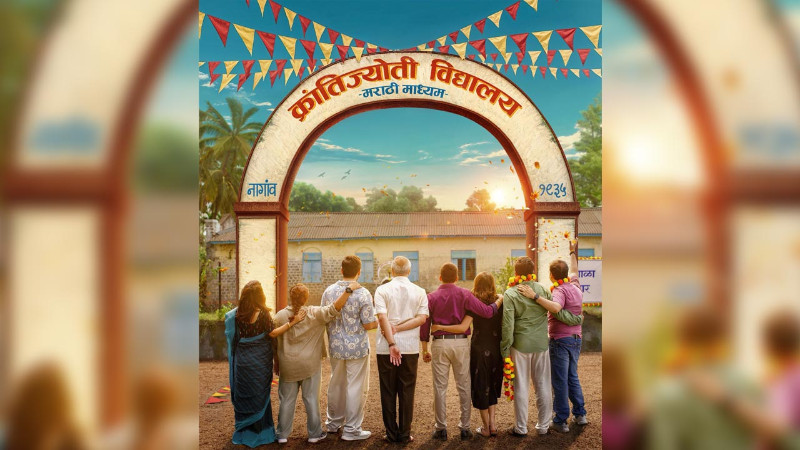

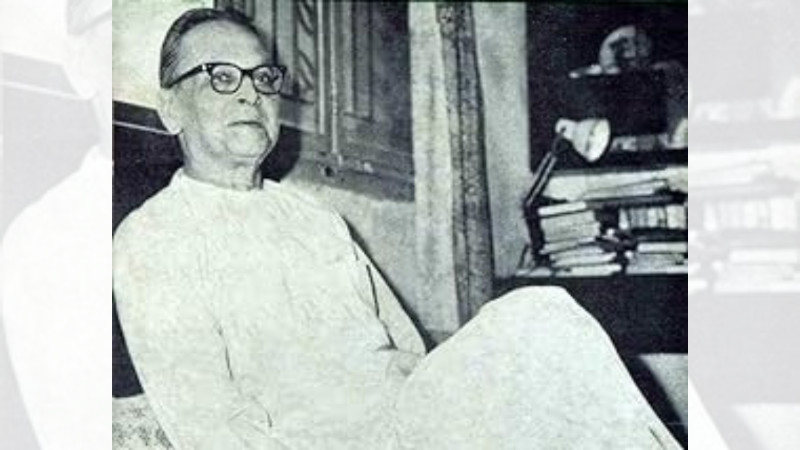
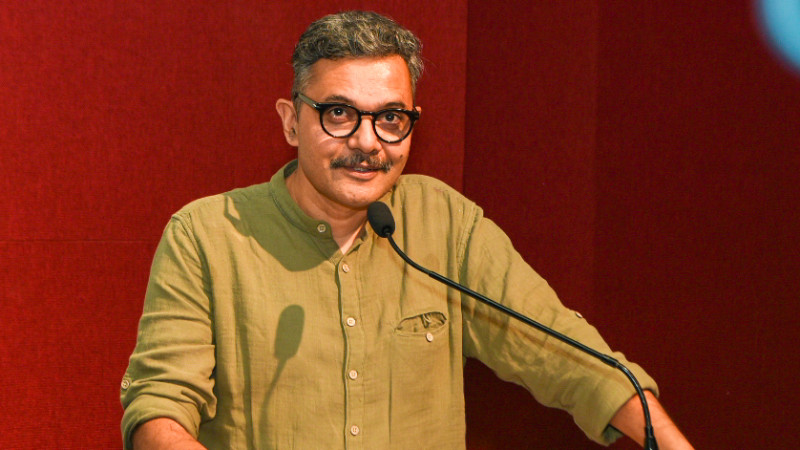
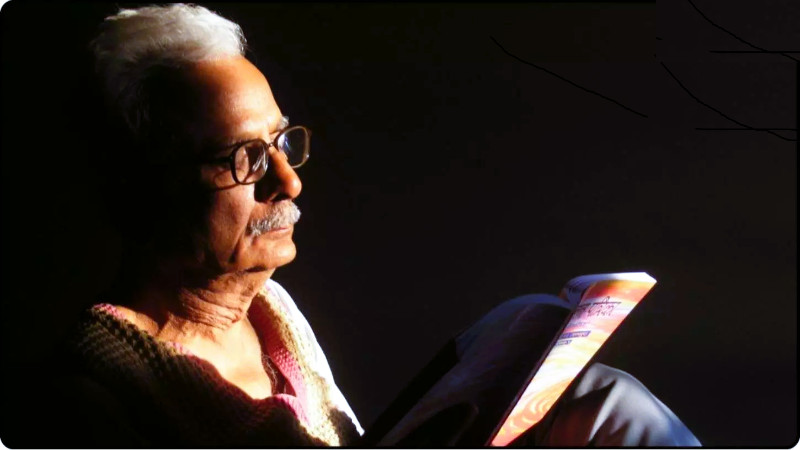
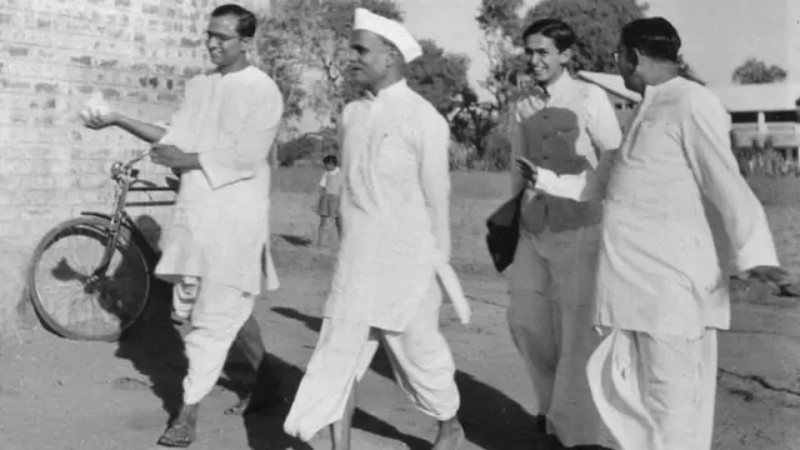
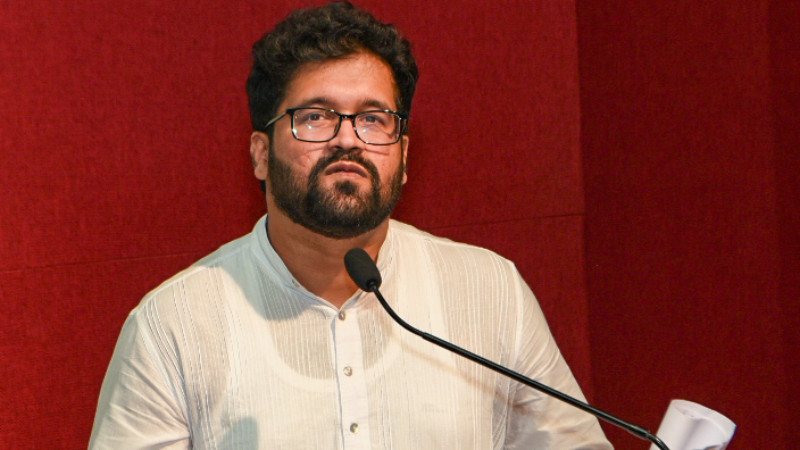
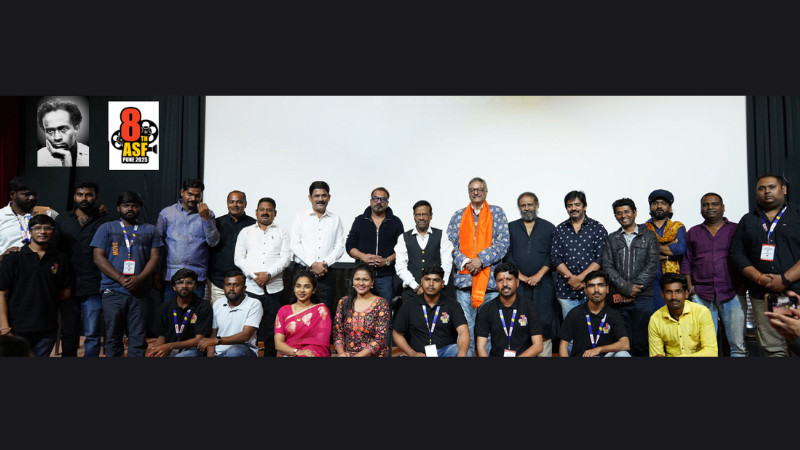

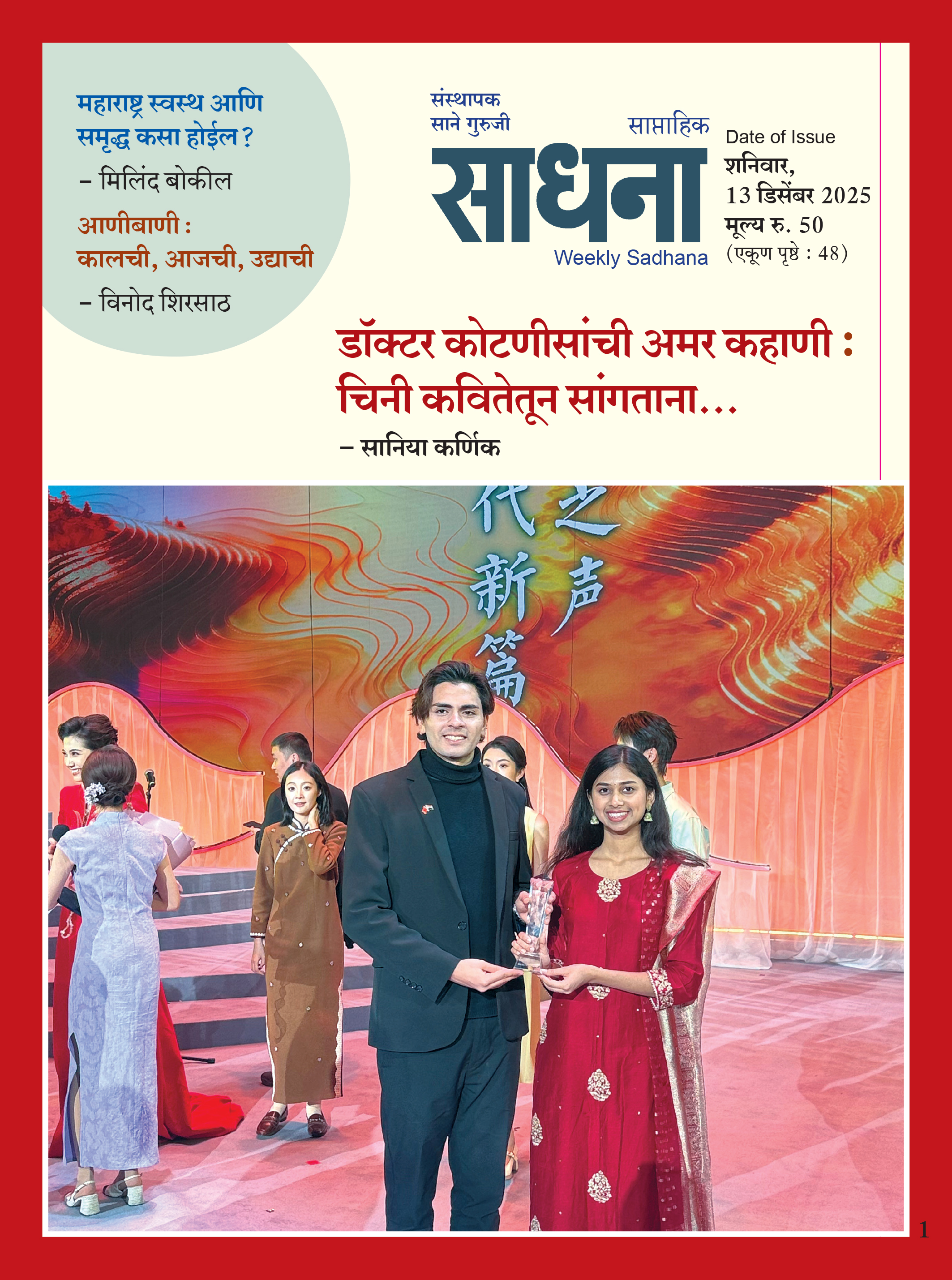













Add Comment